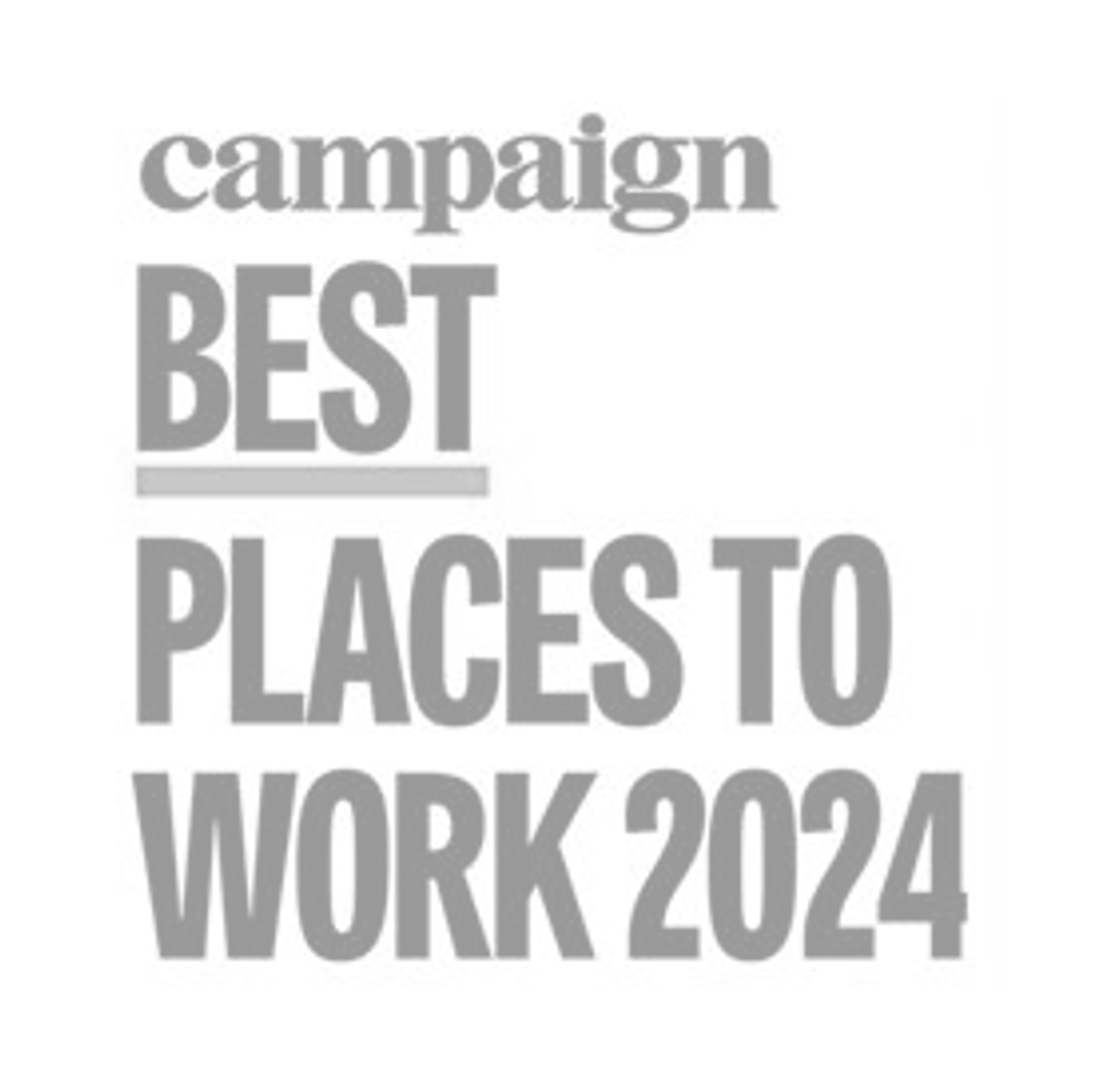We are on the precipice of the biggest year yet for audio advertising—and, more specifically, podcast advertising. According to Insider Intelligence, podcast advertising spending should cross $2 billion this year and encompass about one-third of all audio advertising spending. That’s a far cry from just four years ago when podcast advertising was only about 16% of the overall audio advertising pie.
Money isn’t the only thing that matters for podcasters or for advertisers, especially not in an economically uncertain climate like the current one. With this kind of money also comes the opportunity to show the kinds of innovations that brands and advertisers will be looking for. If you’re on the outside looking to get in, you might be wondering where to start. Let’s break down the top trends.
1. Audiobooks go ad-supported.
In streaming, free ad-supported TV (FAST) and ad-supported video on demand (SVOD) truly exploded in 2022, with giants like Netflix and Disney embracing it. Now, Warner Bros. Discovery is getting in on the game by licensing some of its canceled-for-budgetary-reasons shows like “Westworld” to Tubi and Roku on the FAST side of the equation. What’s the next possibility for ads? It could very well be the humble audiobook.
Apple is already trialing using AI to generate audiobooks for titles, provided that you sign up with a preferred partner to get an audiobook into production. The company has said that it will cover costs for this process, but even Apple may be seeing revenue declines. As noted by Forbes reporter John Koetsier, Apple is one of three major players in the audiobook space, alongside Spotify and Amazon’s Audible, and the other two companies have a keen interest in whatever Apple decides to do, if only as an opportunity to provide lower prices and thus lure consumers out of Apple’s walled garden.
With the market expected to reach nearly $20 billion by 2028, the race is on to capture more market share. If Apple can offer more audiobooks than before, then Spotify and Amazon have incentive to make it more affordable to purchase them—no credits or complicated systems needed, just a willingness to sit through an ad after a chapter, for example. Amazon has done something similar before—ad-supported Kindles, which come at a lower price, almost certainly helped make the e-reading device the undisputed king of the dedicated e-reader market.
2. Podcast advertising delights brands on a budget.
Despite the positive signs from the stock market in recent weeks, recession is still on everyone’s mind— (subscription required)—you need not look further than the Spotify layoffs to know that tech isn’t immune to economic fears. Even before the downturn hits (if it hits), brands will be looking to tighten their budgets and get rid of underperforming campaigns. Podcast advertising offers an affordable, personalized alternative with room to grow. Since the pandemic alone, audio consumption has increased by almost 80%, with radio and podcasts showing the biggest gains in the category.
Long-time podcast listeners can probably still recite the same three ads they heard during a binge-listen of episodes on a flight. Podcast advertising has come a long way since then, with more capacity for personalization, making it an attractive (and affordable) medium. More prominent brands from different verticals, including retail, CPG, automotive and even luxury, are likely to start looking to audio to get the ROI they need.
This move is supported by advances in the audio adtech ecosystem. As a disclosure, my company, A Million Ads, is one provider of adtech solutions. As I’ve discussed elsewhere, brands now have the option of targeted ads like host-read or endorsement ads through programmatic, boosting brand affinity while optimizing for efficiency—and offering proven automation, cross-channel measurement and attribution, personalized creative content and, most crucially, brand safety.
Marketers should note the frequency with which podcast listeners have a strong connection with hosts, allowing for high recall for brands leveraging this medium.
Even Spotify is taking this approach over its previous big spend to get scale in podcasting—as Ashley Carman writes, the new Emma Chamberlain deal is a way for Spotify to move the personality’s built-in audience right onto the platform. Advertisers should continue to monitor how Spotify will continue to shift its strategy and expect brands to stay flexible with what technologies they embrace in audio.
3. Automation means more content, less spending.
In the same vein, automation in audio is likely to take off because of the large variation available for little in the way of resources. Platforms like Audacy and iHeartRadio, for example, provide real-time analytics, actionable insights and even brand safety analysis with their automation offerings, Audacy’s Digital Audience Network and iHeart’s partnership with Sounder.
With consumer privacy also a growing concern, automation can continue to provide the personalization that advertisers have come to covet without vacuuming up data that consumers are starting to protect more stringently. That includes affinity data to time- or location-sensitive information, which can better target promotions, for example.
This might sound like a difficult sell, and some advertisers still need to understand what’s possible even without the in-depth information they’re used to having about consumers. Travel platform Kayak, for example, used AI to test what themes might appeal to consumers towards the end of 2021—and ended up with bigger brand favorability. When it comes to audio, this could mean being able to change ads, even just one word at a time to skew closer to what consumers are looking for.
2023 promises to be a year full of surprises.
Amid mounting predictions of recession, many advertisers are willing to look beyond the traditional, whether due to budget cuts or in pursuit of a better ROI, in what may be a tough year. I hope this article helps fellow leaders understand audio’s prevailing trends as we anticipate even more advancements in the months to come.












